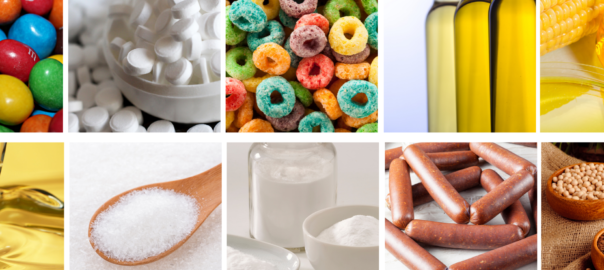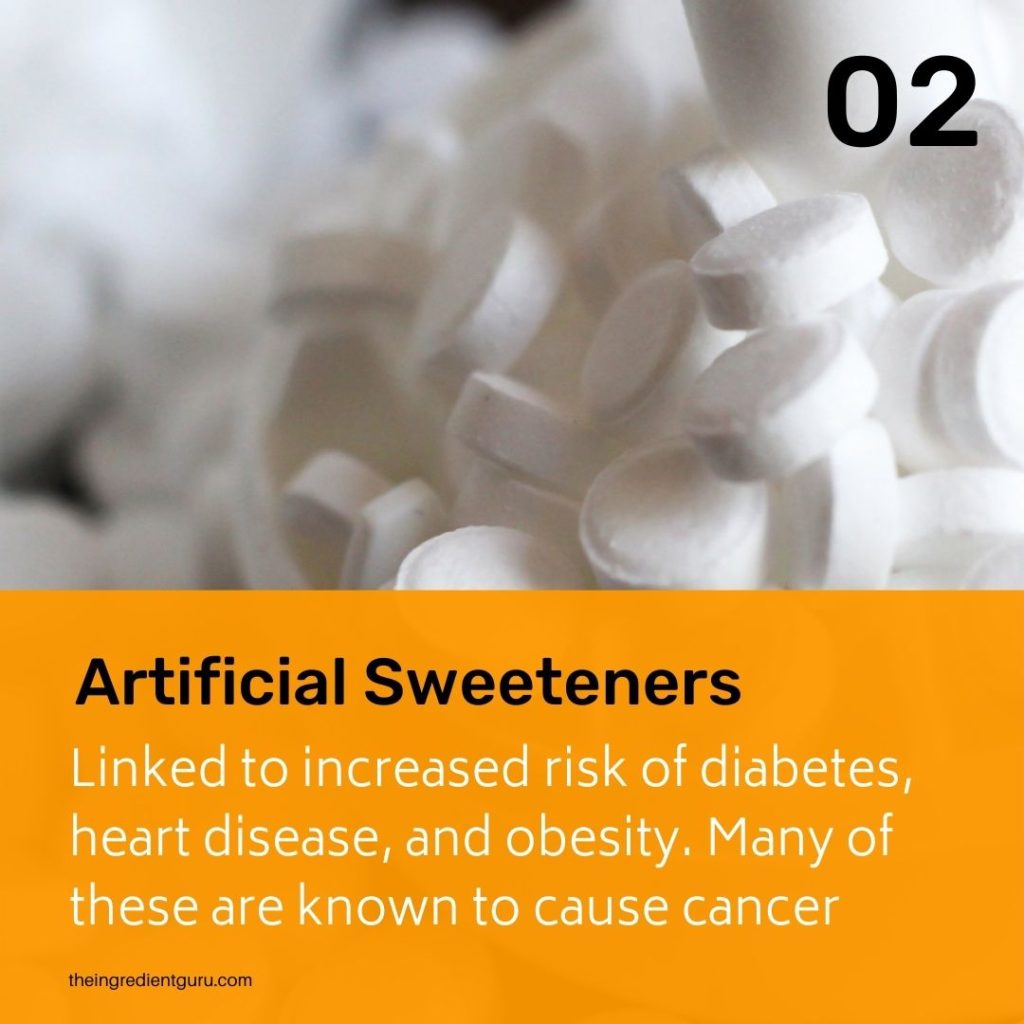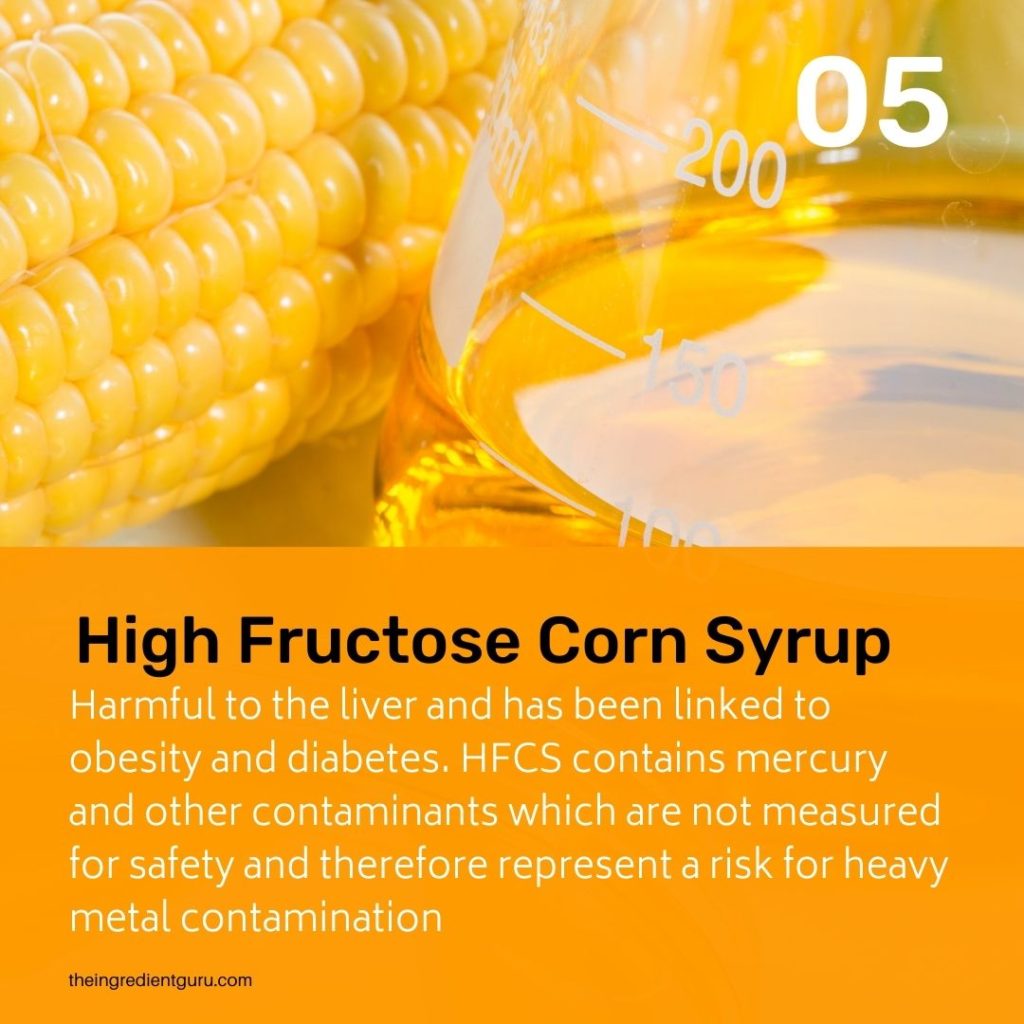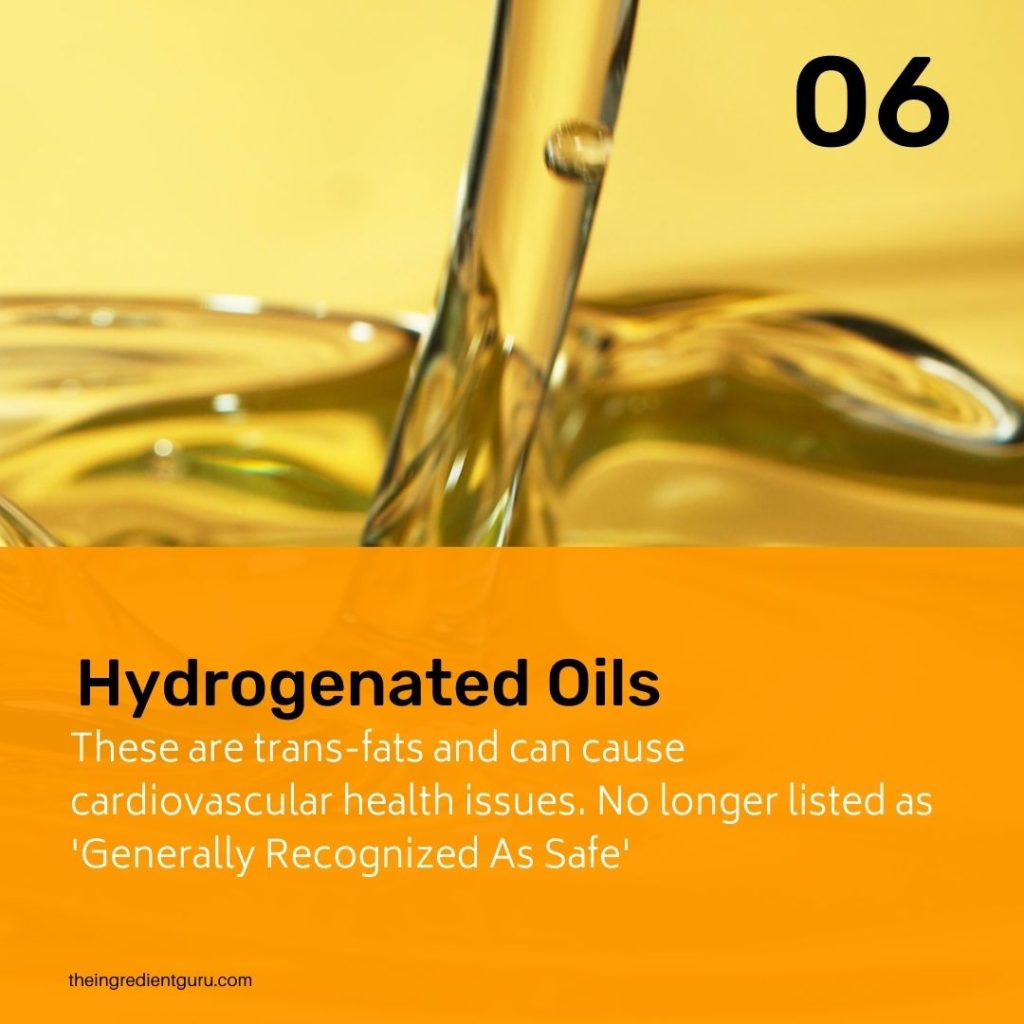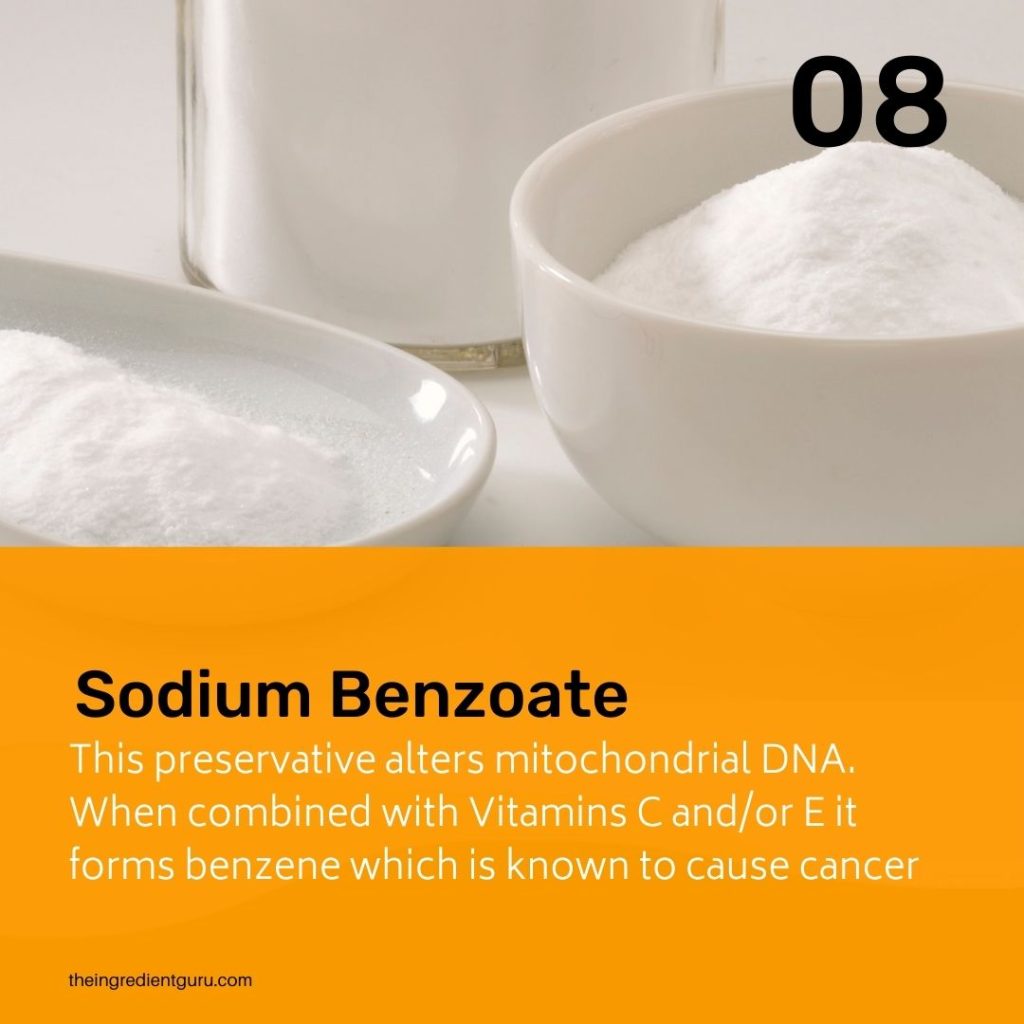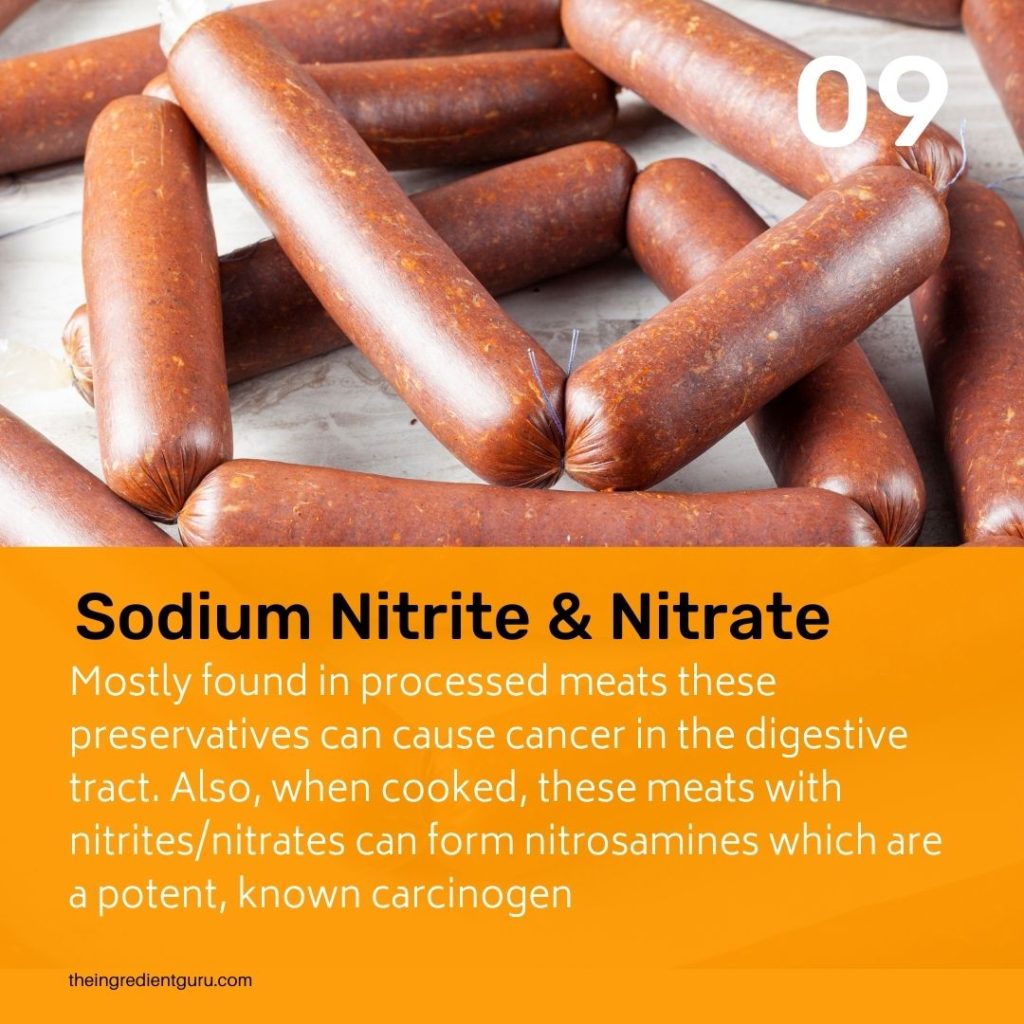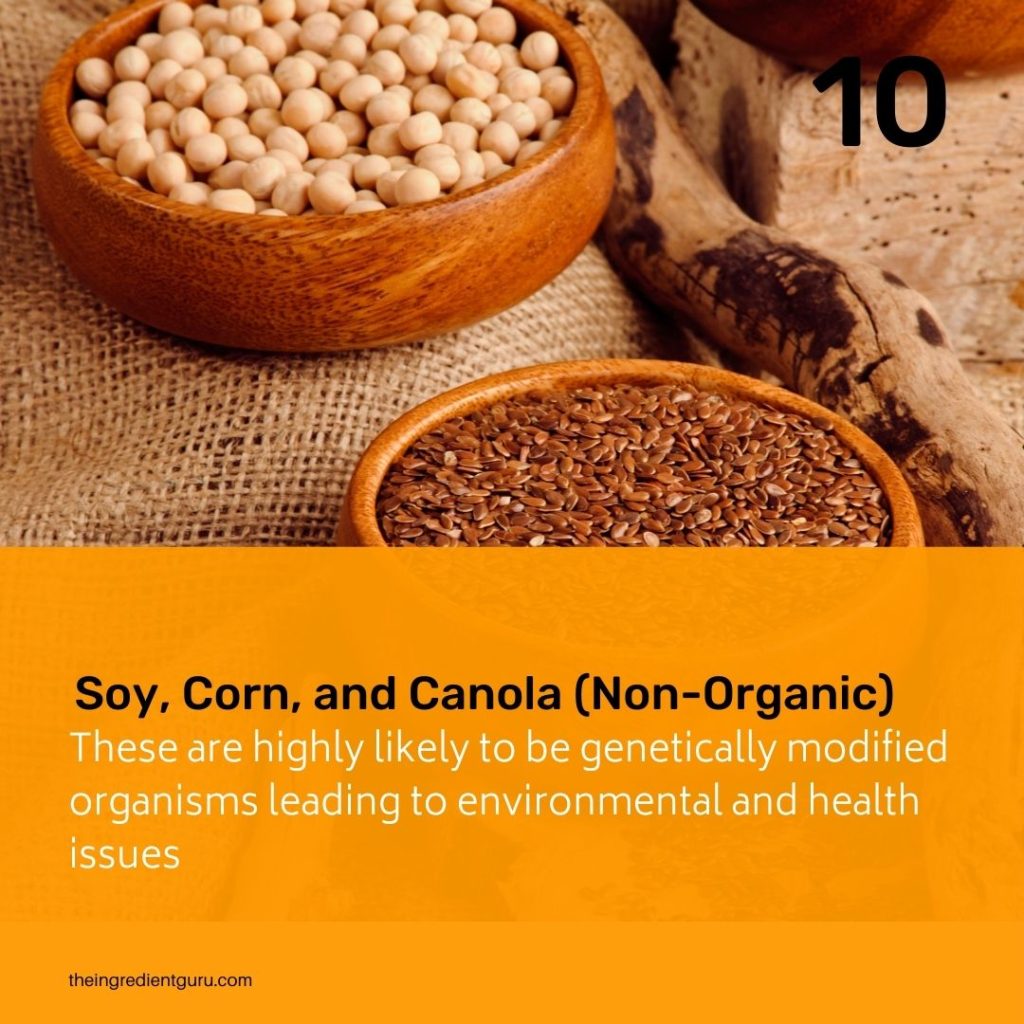I'm often asked which ingredients we should avoid in our food. There really isn't a simple answer for that. I could say all of the fake ones, but that leaves you to decide which ones are fake. And truthfully some of them aren't "fake", meaning they're not entirely from chemicals. They're just highly modified. Either because they've been through some sort of a chemical process to invert, alter, or manipulate their chemical structure to change them significantly from their original form.
An overview of Splenda (TM)
A perfect example of manipulation is Splenda. It started out as sugar (which some could argue is highly processed, stripped of all minerals and therefore not a great choice to begin with). In processing it becomes modified by the addition of sucralose which is made by replacing three hydrogen-oxygen atoms and inserting three chlorine atoms in their place. Because it contains less than 5 calories per serving it's labeled as having no calories. (A single packet, weighing 1 gram, actually provides 3.36 calories -- a miniscule amount, however this is still misleading labeling).
Unfortunately Splenda (TM) is far from the harmless non-nutritive sweetener that it's advertised to be. It has been shown to alter intestinal pH and reduces intestinal microflora. We need a balanced pH for good health. We also require beneficial levels of bacteria to help support good digestive health.
According to one report published in the Journal of Toxicology and Environmental Health, Part B, there seems to be some evidence that Splenda (TM) may not be as biologically inert as advertised. It also appears that exposure to high temperatures can cause it to break down into a toxic substance.
Ingredient Overview
While I frequently write about what ingredients are, where they appear, and other information you need to be aware of in the newsletter, I also recognize that it's helpful to have a "cheat sheet" of sorts to give you an overview and help you break it down a little bit further. So I've created the infographic below. These are my top ten "baddies" and the ones that you really want to watch out for. Print it out, write it down, whatever you need to do to be able to bring this information with you to the grocery store.
Note: click on each card to zoom in.
If you're looking for more in-depth information about ingredients your best resource is The Pantry Principle: how to read the label and understand what's really in your food.
For regular, weekly updates on what's going on in the world of food manufacturing and processing be sure to check out my newsletter, Food News You Can Use.

